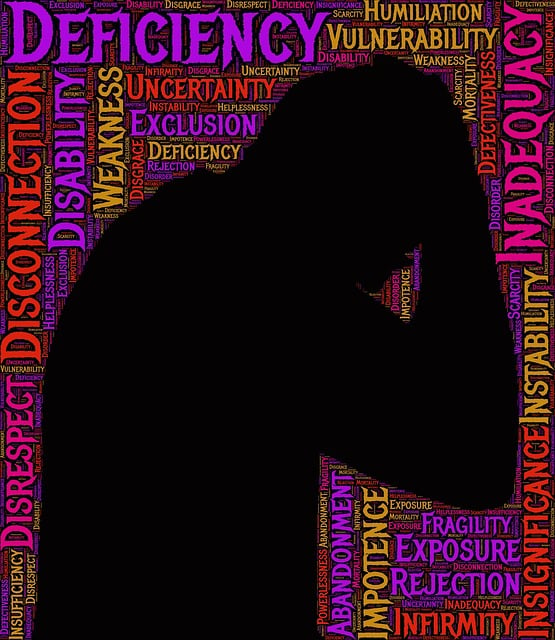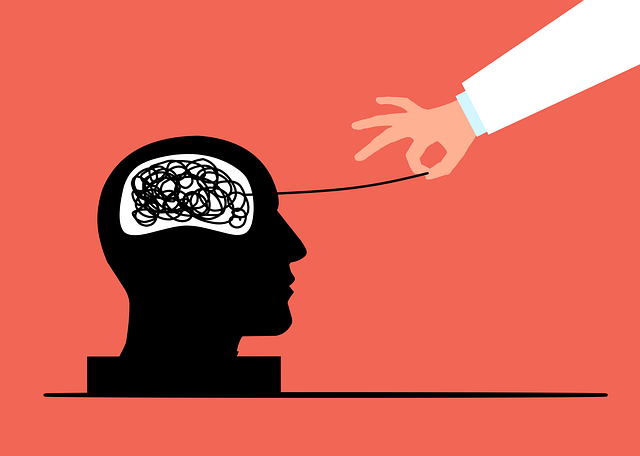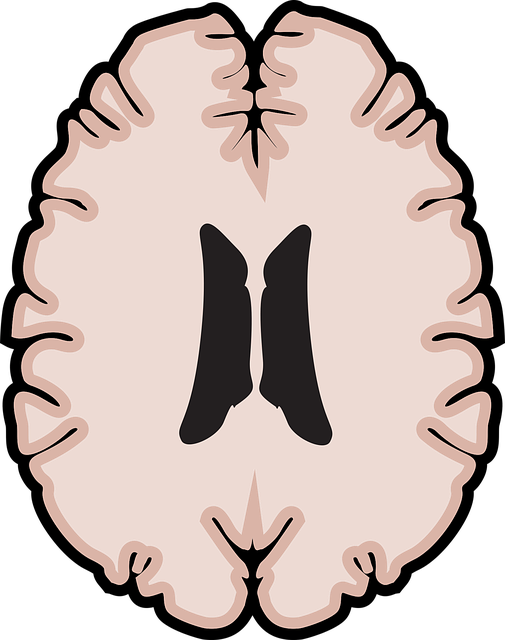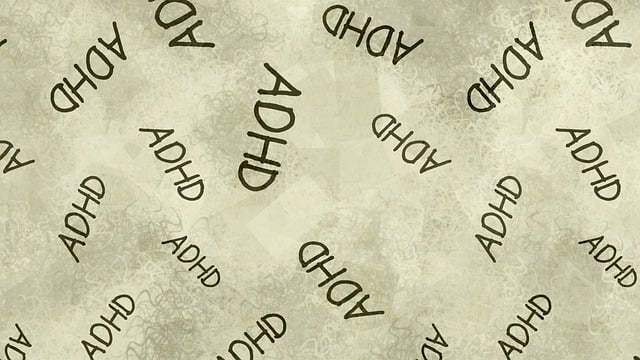Mental health professionals specializing in Centennial Developmental Disability Therapy (CDDT) must implement a multifaceted risk management approach to ensure safe and effective practice. This includes identifying unique challenges like stigma, complex client needs, and emotional demands, along with implementing stress management techniques, stigma reduction efforts, and proactive mitigation strategies. A comprehensive risk plan should cover assessment procedures, mitigation, protocols, training, and regular reviews. Continuous monitoring, adaptable therapy, and staying informed on best practices are crucial for positive CDD therapy outcomes.
“In the intricate field of mental health care, effective risk management is paramount to ensuring patient safety and well-being. This comprehensive guide navigates the essential aspects of risk planning for professionals specializing in Centennial Developmental Disability Therapy. From comprehending unique risks inherent in this practice to implementing adaptive strategies, each step is meticulously outlined. By identifying potential hazards, developing robust plans, and continually monitoring progress, therapists can create a secure environment, fostering positive outcomes for their clients.”
- Understanding Risk in Mental Health Practice
- Identifying Potential Risks and Hazards
- Developing a Comprehensive Risk Management Plan
- Implementing Strategies for Safe Therapy Sessions
- Continuous Monitoring and Evaluation for Adaptability
Understanding Risk in Mental Health Practice

Understanding risk in mental health practice is a multifaceted endeavor, especially when addressing complex needs like those presented by individuals with Centennial Developmental Disabilities (CDD). Risk assessment for mental health professionals goes beyond identifying potential hazards; it involves recognizing the unique challenges and vulnerabilities inherent in working with this population. CDD therapy, for instance, often requires managing not only the specific developmental delays but also the emotional and psychological complexities that frequently accompany them.
This nuanced approach to risk management necessitates a comprehensive strategy that includes effective stress management techniques. Mental illness stigma reduction efforts play a significant role here by fostering an environment of understanding and empathy, both within the therapeutic setting and more broadly. By integrating these elements, mental health professionals can create safer, more supportive spaces for individuals with CDD, thereby enhancing the effectiveness of their care.
Identifying Potential Risks and Hazards

Identifying potential risks and hazards is a critical step in risk management planning for mental health professionals, including those specializing in Centennial Developmental Disability Therapy (CDDT). This process involves recognizing various challenges unique to the field, such as the impact of mental illness stigma reduction efforts on both patients and therapists. The stigmatization of developmental disabilities and associated mental health conditions can create a supportive but complex environment. Professionals must be prepared for potential risks arising from patient expectations, societal perceptions, and cultural barriers.
Additionally, burnouts are prevalent among mental health practitioners due to the emotionally demanding nature of their work. Burnout prevention strategies should be integrated into risk management plans. This includes ensuring therapists have access to resources for self-care, supervision, and ongoing professional development. By addressing these risks proactively, CDDT professionals can create a more sustainable and effective therapeutic environment, ultimately improving patient outcomes.
Developing a Comprehensive Risk Management Plan

Developing a comprehensive risk management plan is an integral part of ensuring safe and effective practice for mental health professionals, including those specializing in Centennial Developmental Disability Therapy. This process involves identifying potential risks and hazards unique to their field, such as complex client needs, sensitive information handling, and emotional demands. A well-structured plan should include detailed procedures for risk assessment, mitigation strategies, emergency protocols, and regular review processes.
For mental health professionals, risk management planning is not just a legal requirement but also a tool to enhance client outcomes and foster a supportive therapeutic environment. By proactively addressing potential risks, therapists can create a safer space, improve public awareness campaigns development related to developmental disabilities, and ultimately provide better care. Regular updates and staff training on the risk management plan are essential to keep up with evolving best practices and maintain a culture of safety within the practice setting.
Implementing Strategies for Safe Therapy Sessions

To ensure safe and effective therapy sessions for individuals with Centennial Developmental Disabilities (CDDs), mental health professionals must implement robust risk management strategies. This involves a multifaceted approach that includes thorough risk assessments, clear crisis communication protocols, and staff training in de-escalation techniques. By integrating these measures, therapists can create a secure environment conducive to healing.
Additionally, leveraging tools like Mental Health Policy Analysis and Advocacy can aid in identifying systemic risks and advocating for policy changes that better support both clients and practitioners. Public Awareness Campaigns Development also plays a crucial role by educating the broader community about CDDs, fostering understanding, and reducing stigma. These collective efforts contribute to a more inclusive and supportive ecosystem for mental health services.
Continuous Monitoring and Evaluation for Adaptability

For mental health professionals, continuous monitoring and evaluation are essential components of effective risk management planning. This involves regularly assessing clients’ progress, adjusting therapy strategies, and adapting to changing circumstances, particularly when treating individuals with Centennial Developmental Disabilities (CDD). By adopting a dynamic approach, therapists can ensure interventions remain tailored to the unique needs of each client, fostering adaptability in their practice.
Such ongoing assessment not only facilitates personalized treatment but also plays a crucial role in burnout prevention and stress management. Recognizing the evolving nature of CDD and mental illness stigma reduction efforts, continuous monitoring allows professionals to stay abreast of emerging research and best practices, enabling them to make informed decisions that promote positive client outcomes and maintain their well-being.
Mental health professionals play a crucial role in fostering well-being, but their practice is not without risks. By understanding the diverse threats within the field, such as those faced in Centennial Developmental Disability Therapy, therapists can proactively develop robust risk management plans. This involves identifying specific hazards, implementing safety strategies for therapy sessions, and continuously monitoring for adaptability. Through these measures, professionals can ensure a secure environment, enhance client outcomes, and maintain their own well-being in the face of potential risks.








